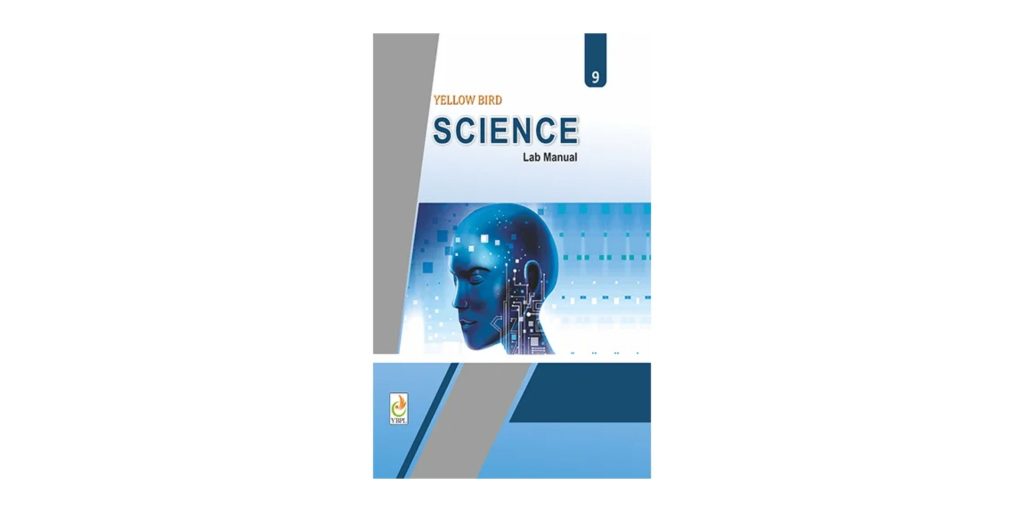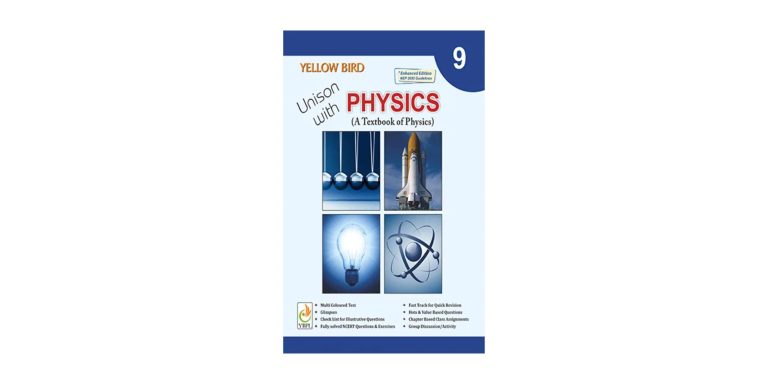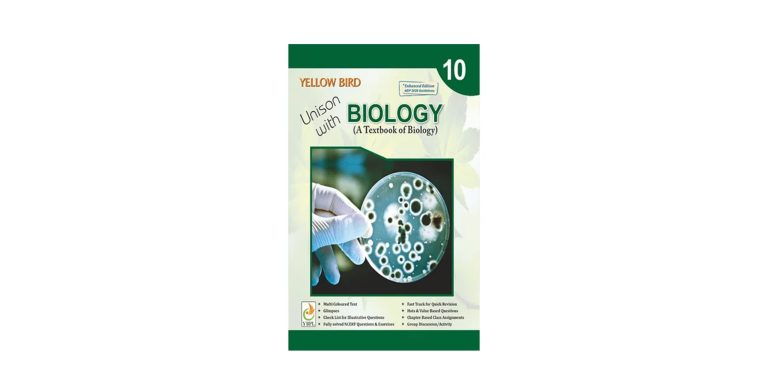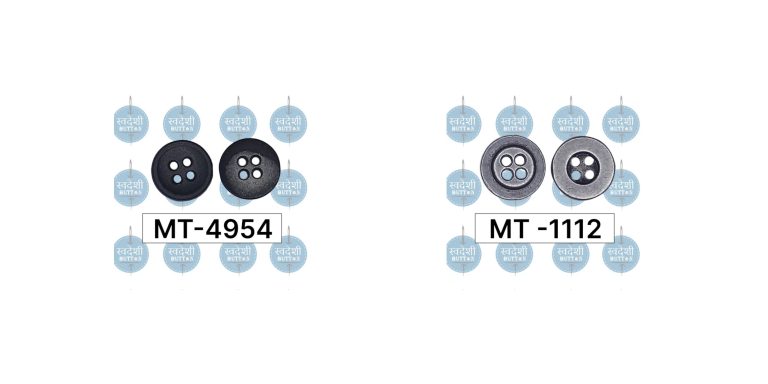
Science Lab Manual Class 9
Science in Class 9 becomes more engaging and thought-provoking as students dive deeper into the subject. At this level, the focus shifts from rote learning to understanding concepts through experimentation. The Science Lab Manual Class 9 offers a hands-on approach that helps students connect theory with real-world applications. Using a comprehensive lab manual transforms the way students learn science by encouraging them to perform experiments that clarify complex ideas.
This practical exposure is essential because science is not just about memorizing facts; it is about observing, hypothesizing, and verifying. The Science Lab Manual Class 9 guides students through experiments that foster curiosity and improve their analytical skills. A well-designed manual bridges the gap between textbook knowledge and laboratory skills, preparing students effectively for their board exams and beyond.
The Importance of Practical Learning in Class 9 Science
The transition to Class 9 science often challenges students with new topics such as physics, chemistry, and biology concepts that require deeper understanding. While theoretical lessons provide the necessary background, practical experiments bring those lessons to life. The Science Lab Manual Class 9 plays a vital role in helping students visualize and experience scientific phenomena firsthand. It provides detailed instructions for conducting experiments safely and accurately, which is critical for developing a scientific mindset.
Through consistent practice of lab activities, students develop essential skills like observation, measurement, and recording results systematically. These activities also nurture critical thinking, as students learn to analyze their findings and relate them to scientific principles. This approach strengthens their grasp of the subject and encourages a more active learning process compared to passive reading or listening.
The curriculum of Class 9 science demands that students complete specific experiments to fulfill internal assessments and practical exams. The Science Lab Manual Class 9 from reputed publishers like Yellow Bird Publications ensures all required experiments align perfectly with the syllabus. This alignment makes it easier for students to prepare thoroughly without missing any critical components.
Features of an Effective Science Lab Manual for Class 9
A good Science Lab Manual Class 9 does more than just list experiments; it acts as a comprehensive guide to learning science practically. The manual by Yellow Bird Publications stands out because it is designed keeping students’ learning needs in mind. Each experiment includes a clear objective, a detailed list of materials, a step-by-step procedure, space for observations, and questions for reflection. This structure helps students perform experiments methodically, encouraging accuracy and attention to detail.
The inclusion of diagrams and illustrations in the Science Lab Manual Class 9 further supports students in understanding the setup and execution of experiments. These visuals reduce confusion and provide clarity, which is especially helpful for students new to laboratory work.
In addition to facilitating practical skills, the Science Lab Manual Class 9 encourages students to think critically about the results they obtain. Rather than blindly following procedures, students learn to question outcomes, analyze discrepancies, and make informed conclusions. This engagement deepens their comprehension and prepares them for advanced studies where experimentation becomes more complex.
Maximizing the Benefits of Your Science Lab Manual
To truly benefit from the Science Lab Manual Class 9, students should complement their practical work with theoretical study. Performing experiments alongside regular lessons helps solidify concepts and makes recalling information easier during exams. It is important to maintain a dedicated lab notebook where observations and conclusions are recorded clearly. This practice not only improves organization but also helps during revision.
Teachers and parents can support students by encouraging them to discuss their experiments and findings from the Science Lab Manual Class 9. When students talk about what they have learned, it reinforces their understanding and opens up avenues for exploring ideas further. A supportive environment makes science learning more enjoyable and less intimidating.
Yellow Bird Publications offers lab manuals that are trusted by educators and students alike for their accuracy and student-centric approach. By following the experiments and guidance in the Science Lab Manual Class 9 from such publishers, students can develop a strong foundation in science that will serve them well in higher classes.
Conclusion
The Science Lab Manual Class 9 is an essential tool for practical success in science. It transforms abstract concepts into tangible experiences, making learning interactive and meaningful. With the right manual, students not only prepare effectively for exams but also cultivate skills like observation, critical thinking, and scientific inquiry that are invaluable throughout life. Investing time and effort into practical science using a quality lab manual can pave the way for academic excellence and a lifelong love for science.






